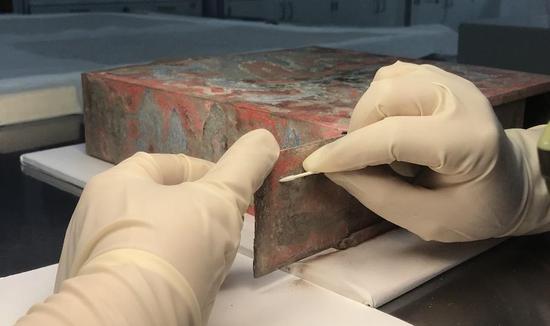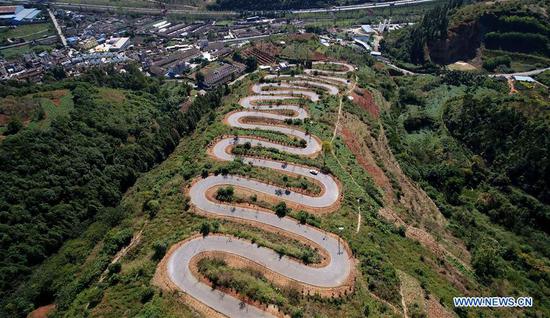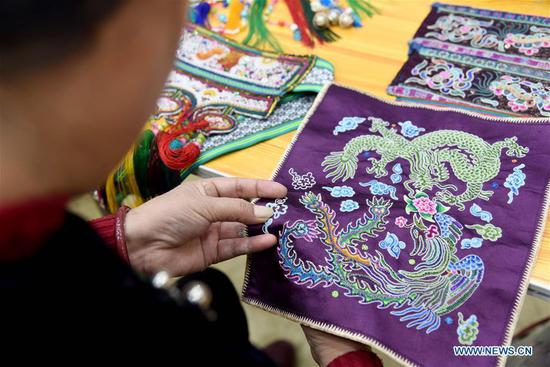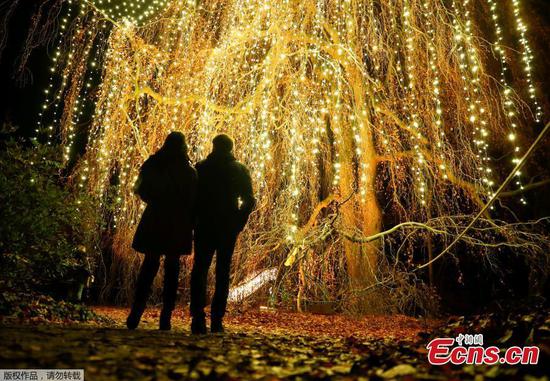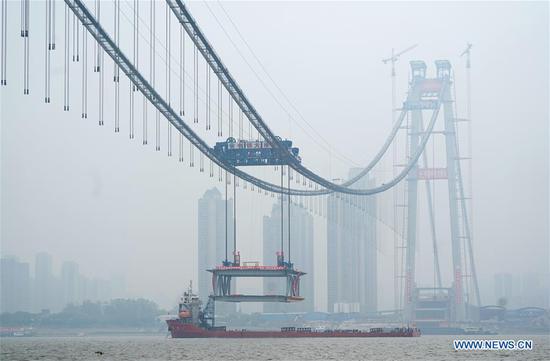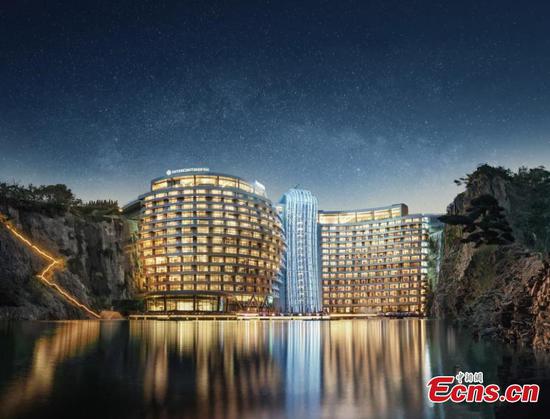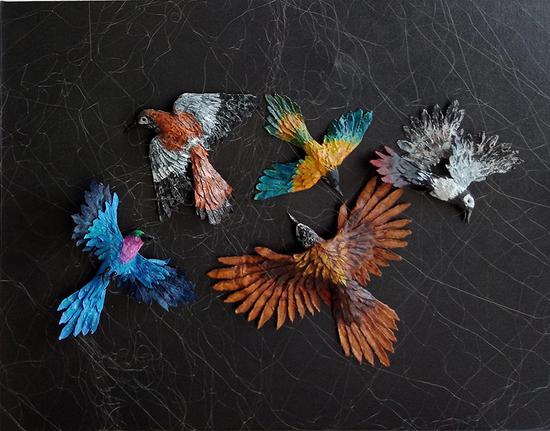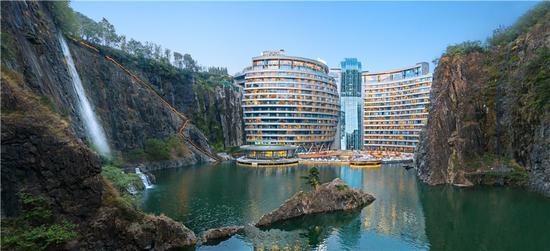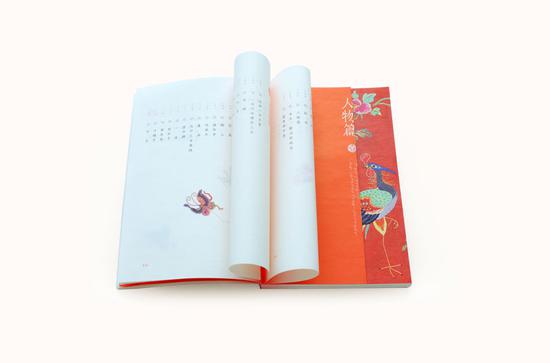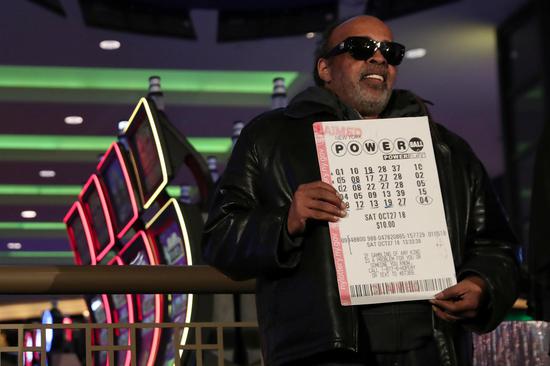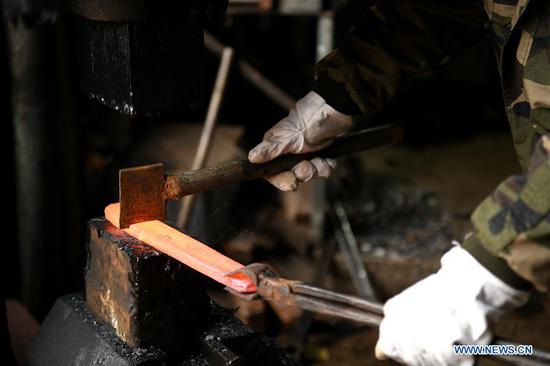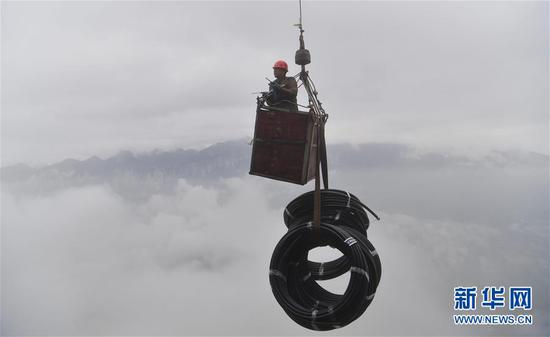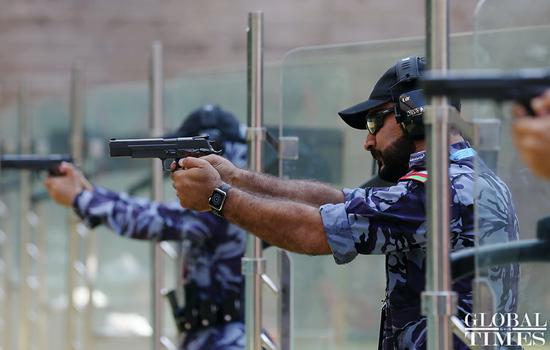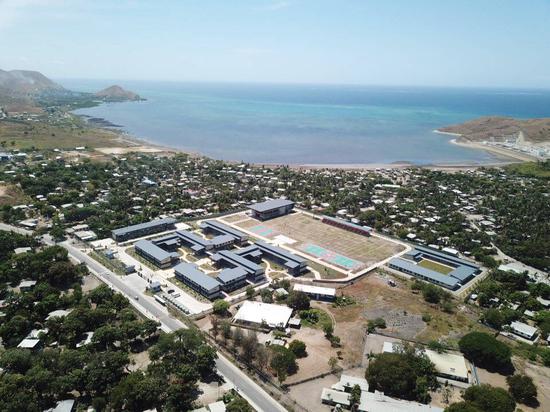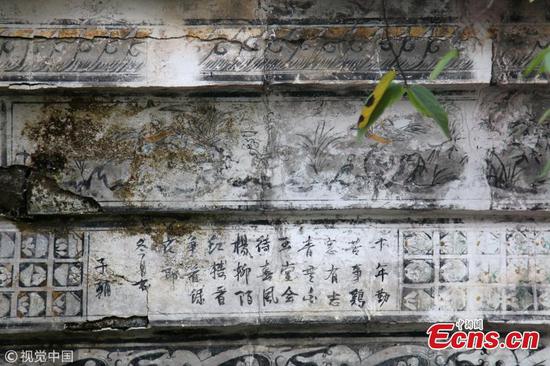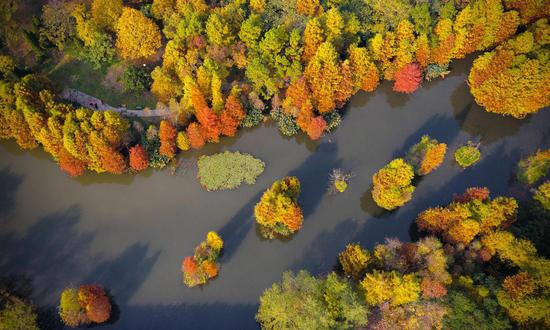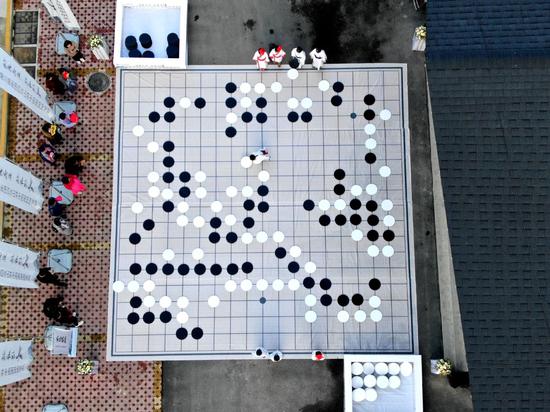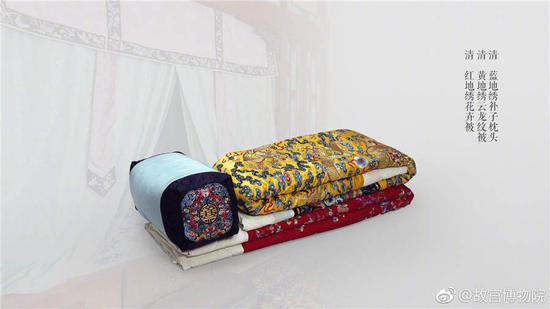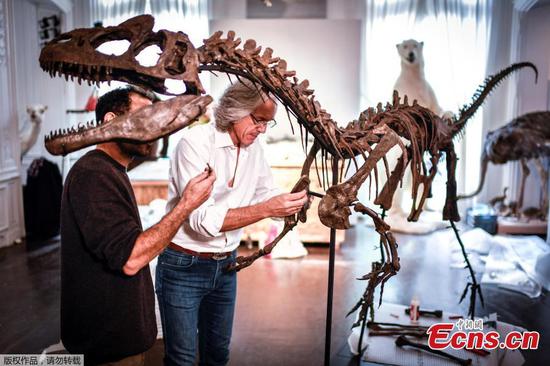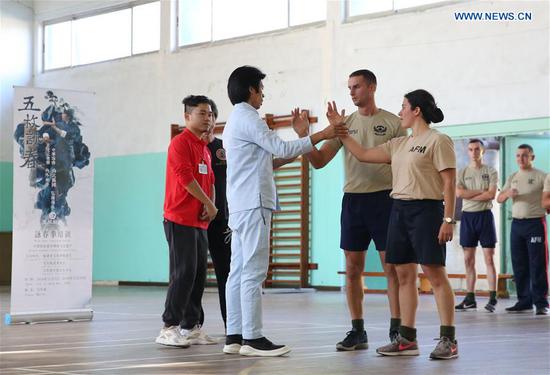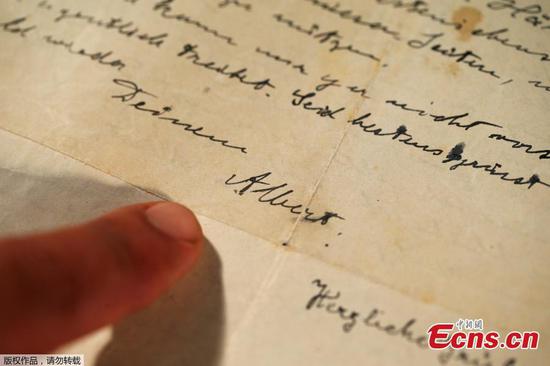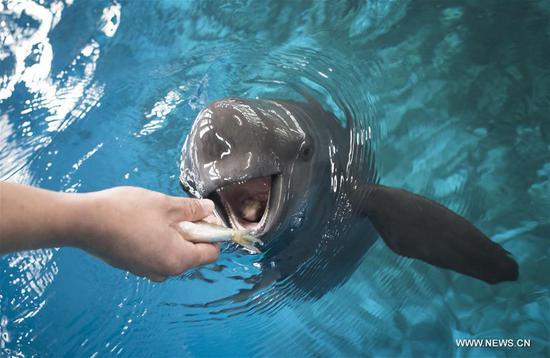
A treasure box is displayed at the Palace Museum in Beijing on Friday. (WANG ZHUANGFEI/CHINA DAILY)
A "treasure box" time capsule, believed to be from around 1800 and indicating royal wishes for prosperity and peace, was unveiled for the first time on Friday at the Palace Museum in Beijing.
The treasure box was removed in September from under the roof of the Hall of Mental Cultivation, which has been undergoing renovation, and was shown to the media.
The Palace Museum, also known as the Forbidden City, was China's imperial palace from 1420 to 1911. The Hall of Mental Cultivation, or Yangxindian in Chinese, was the residence of the last eight emperors of the Qing Dynasty (1644-1911).
Xu Chaoying, an ancient-architecture researcher at the museum who took the box from the roof on Sept 3, said the square box-whose sides are 27 centimeters long, with a height of 6.5 cm-is made of tin.
It was welded shut when found, so researchers decided not to open it immediately. Instead, they took it back to a laboratory in the museum's cultural relics conservation center, where it was opened and further examined.
"It was unconventional," Xu said. "We've never seen any other sealed treasure box in the Forbidden City, which may show its importance."
The box has colorful painted images, including a blue dragon, on its surface. Xu said it is rare to find such well-preserved decorations, and with such flamboyant colors, among similar artifacts in the palace.
Xu said a treasure box would be hidden just beneath the roof of each major building in the Forbidden City when construction was completed. Most of them were made of copper, tin or wood.
"They were put in the middle of ridges," she said. "That was to wish the building could keep away evil spirits, fire and other disasters.
About 50 such boxes have been found in the Forbidden City, but this one has high status, as reflected in the "treasures" it holds.
For example, 24 gold coins bearing the words "May the world be peaceful" were found in the box. That equals the number found in the Hall of Supreme Harmony, which has the highest-level construction and was used for the biggest rituals in the Forbidden City.
"We usually found only four gold coins in a box," Xu said. "Sometimes there is only one."
And five ingots of different metals (gold, silver, copper, iron and tin), five samples of herbal medicines, five cereal seeds, Buddhist sutras and crystals and pearls were also put in the box in the hopes of good fortune.
Although there is no historical file recording when the box was put in the Hall of Mental Cultivation, Xu pointed out that information on the box-"the sixth year of the reign of Jiaqing (1801)"-offers a clue. Researchers are still going through files of imperial years to check whether there was a regulated format to use different treasure boxes for various architectures.
Renovation of the Hall of Mental Cultivation began in September and is expected to be completed by 2020. The renovation is to prepare for that year's 600th birthday of the Forbidden City.
"Surely we will put it back after the renovation is done," said Shan Jixiang, director of the Palace Museum.
Shan said that although a brief record of the current renovation will be added to the time capsule, "we're undecided on whether to write it on paper or record it in a digital device".










